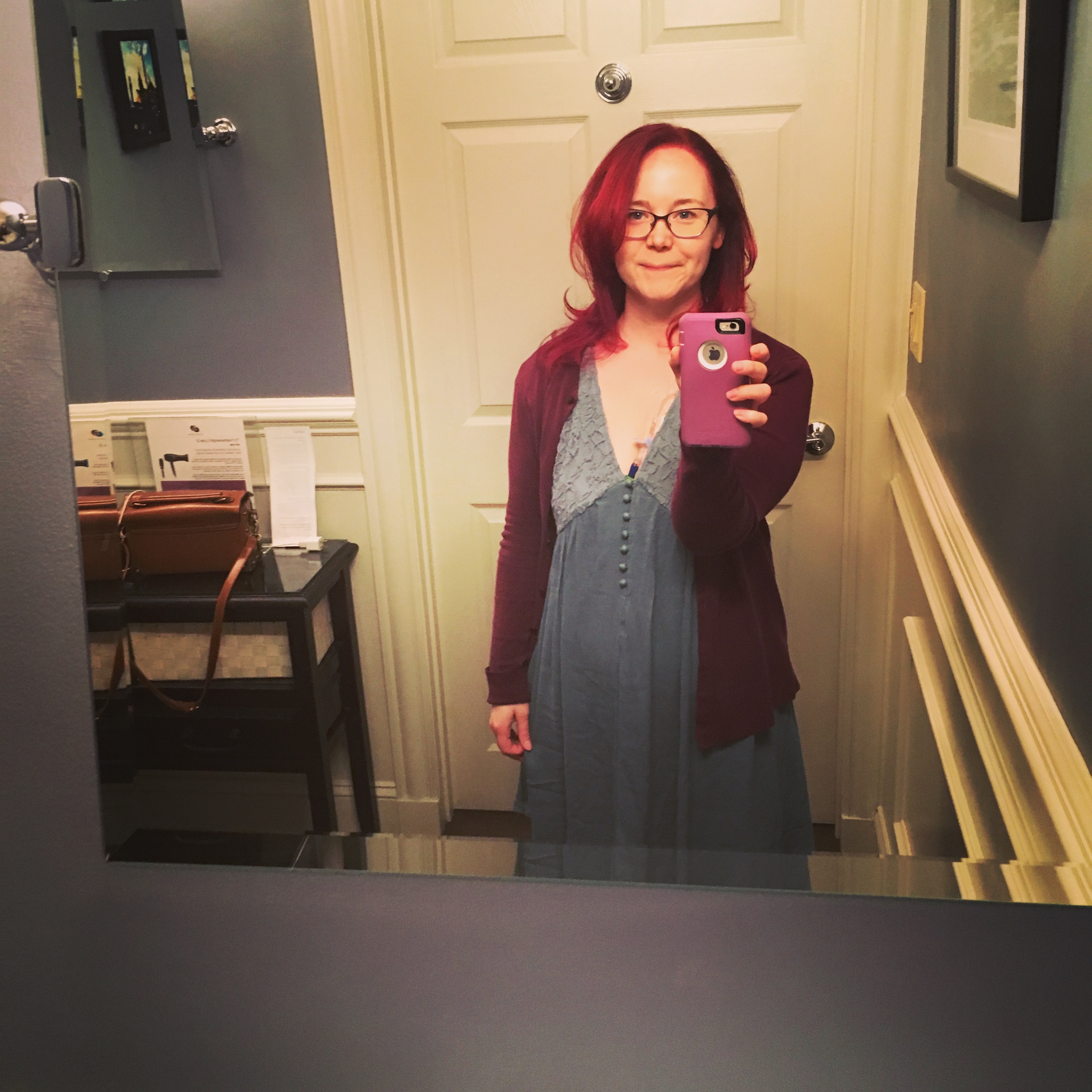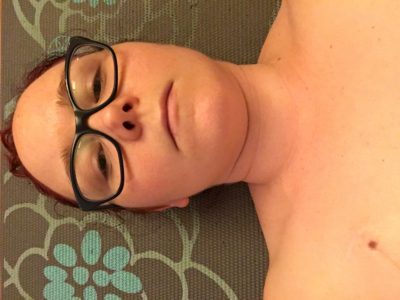Other than flawed
I first fell in love with my body when I was 16. That was also the summer when I first fell in love with a boy; I don’t think they are unrelated. He loved me, too, and we spent most of the summer in his Jeep, driving around New England, camping in the mountains, hiking, climbing up fire towers. I felt strong, strong enough to hike for hours, to swim across a lake in the state park. And he liked my body, too, and I don’t think that’s unrelated either.
It’s funny how much perception affects memory. In my memory, I was slender with a flat stomach. This was my memory because that’s how I believed I looked and that flavors recall. But I have a picture in my bedroom of me that summer and I’m not particularly slender and my stomach wasn’t flat. I have a double chin in pictures from that summer. The difference was that I had not yet begun to care much about my appearance. I knew that I was strong and that was enough.
I never had a summer again as good as that one. I’ve had a lot of great times and had lots of adventures but there is really no substitute for self confidence and your first great reciprocated love. In the way that they always do, things changed. My body changed. And my perception of it changed, too.
When you are sick, your body is out of your control in so many ways. How it functions. What you use its energy for. The way it limits your life and controls your future. How strong it is. What it looks like. What I found is that as I got older, the way my body looked controlled my perception of it, and not the other way around.
Knowing that it is out of your control doesn’t matter much when you have gained 40 lbs of steroid weight or lost 15 lbs from vomiting up every single bite of solid food for months. I tried so hard to exercise even when I knew I wouldn’t be able to because I wanted so badly for my body to return to a shape I recognized and liked. Seeing my moon face in the bathroom mirror every morning was just one more reminder of how much my life was out of my control.
I have been practicing yoga since that summer when I was 16. In the last few years, I have gotten pretty at it, even when I’m feeling sick. 4-5 times a week, I put on a documentary and do 45-60 minutes of yoga. I have tried to use it in the past to control my weight but never had much luck with it. I can’t do intense enough yoga for that to be realistic. But it’s relaxing, stabilizes my joints, and helps keep my arthritis and muscular pain in check.
I do elaborate things to my hair in the morning before going to work. Since I do it myself, I hold up a mirror while standing in front of the bathroom mirror to see how it looks before leaving my apartment. This week, while I was doing this, I realized that I have muscle definition in my back and shoulders. I was shocked. Then I looked at my body in my full length mirror and realized that I have definition in other places, too. When I bend over, you can see my spine.
I gained back most of the weight I lost over the months when I couldn’t eat, healthy weight that I needed. I lost a few more pounds but not because I was so sick. After all this time, I am in the normal range of my BMI. My body is strong. Not all the time and not every day. But it is strong now even if it is sick.
17 years later, I am falling in love with my body again. It finally feels like something other than a flawed vessel holding me back.

